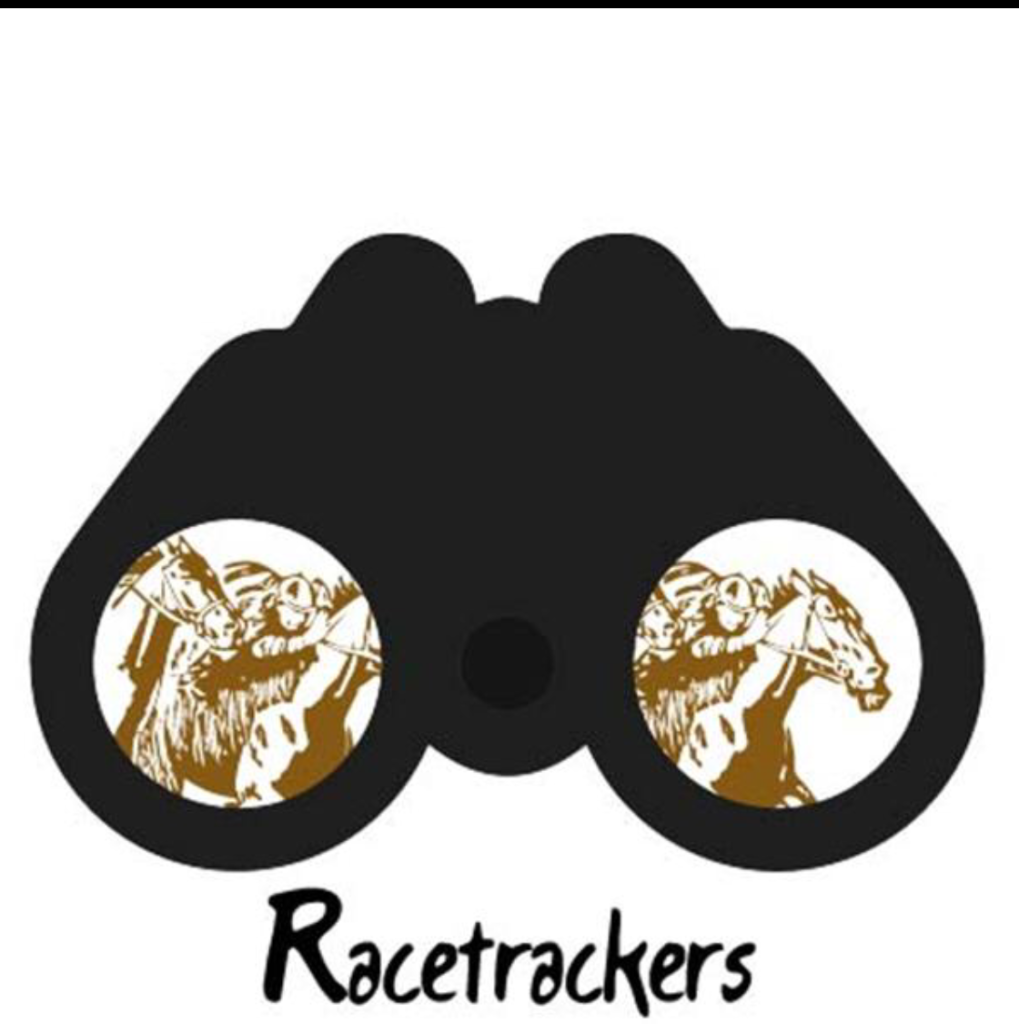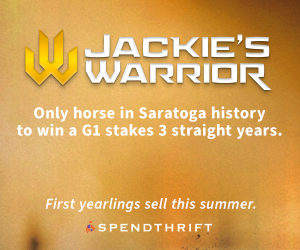
By: William G. Gotimer, Jr.
Even as the big races for 2016 wind down there remain several stories that are worth debate. The true measure of racing finally being treated in the same manner as baseball and football is off-season debates about history, honors and hope for the next season.
Here are some in no particular order:
Grade 1 Races
Each year there are changes made to the grading of various stakes races. Implemented to emulate the Grouping of races in Europe, this system was meant to indicate an equivalency of races from different regions of North America. The most practical effect of the grading system is to permit racetracks to market Grade 1 races as important events and to round out a horse’s resume for post season honors and desirability for future breeding. There was a time when such designations were neither needed or wanted by the racing community and a case can be made that even now they are superfluous. Decision makers in the breeding business and post season honors voters are perfectly capable of discerning the strength and importance of each stakes race offered. As far as racetrack marketing goes – anything that helps is welcome but it is far from clear that grade designation in fact moves the needle in regard to fan interest.
All that being said, I offer my observations on the most controversial changes – ones that effect Grade 1’s. There was one upgrade to a Grade 1 and three demotions from Grade 1 to Grade 2.
The Pennsylvania Derby has been elevated to Grade 1 status in reward for consistently attracting top notch three years-olds in September each year for a $1 million purse. It has become an important race each year but in my opinion has not supplanted the Travers as the most important 3 year old race outside the Triple Crown. There are only two complaints one could have against Grade 1 status – one legitimate; the other not quite as legitimate.
The first is whether Grade 1 races can be run at a racetrack that is primarily a casino. My opinion is that it can. While Philadelphia does not have a strong racing history, it does have a strong sports history and Parx puts on a good show and undercard on Pennsylvania Derby day. In this case purse money trumps history.
The other argument against elevating the race to Grade 1 status is more valid. The race is restricted to three year olds and run in September, which is traditionally and physically the time of year when the crop is expected to compete against older horses. This is why there are no Breeders’ Cup races reserved to three year olds – by late in the season they have matured and are expected to compete against older. The Travers was historically the latest such race and I am not sure we should reward pushing that later into the year by bestowing Grade 1 status on a restricted race in September.
The demotions of the Wood Memorial, Blue Grass and Mother Goose are more controversial. Historically the Wood Memorial and Blue Grass were the most important pre-classic preps. Both lost luster for varying reasons. The Wood Memorial’s decline is in part due to its location at Aqueduct which has suffered tough weather and a tougher reputation as the New York Racing Association ceded power to its casino overlords – history can only carry you so far. The last decade has been a tough one for the Wood Memorial.
The Blue Grass lost luster with Keeneland’s now reversed decision to embrace an artificial racing surface. It has yet to recover.
Both were harmed by the new training convention that sees longer and longer time between races whereby trainers train their charges up to the Classics rather than race them.
To a lesser degree both races lost gravitas as the racetrack operators sold naming rights to the races and in the case of the Wood Memorial did so numerous times.
When you add the thought that a case can be made that NO PREP race for the Classics deserve Grade 1 designations, it is tough to show outrage at these demotions on other than on a parochial or historical basis.
The demotion of the Mother Goose is more problematic to me. It was once part of the Filly Triple Crown (later cornily dubbed the Triple Tiara), run at beautiful Belmont Park, been won by a champion in the last decade and has not been sullied by commercial sponsorship. I believe this downgrading is a mistake.
Horse of the Year
We saw a number of noteworthy Hall of Fame campaigns in 2016 as Songbird, Beholder, Tepin and Miss Temple City all had campaigns that in other years would put them in the Horse of the Year picture.
That being said, the race for the honor is a two-horse race between California Chrome and Arrogate who finished one-two in the Breeder’s Cup Classic. I am normally one for allowing on-track matchups to determine championships and that would lead to Arrogate as the choice but a number of factors lead me to lean towards California Chrome.
California Chrome ran all year and threw in a trip to Dubai, winning the world’s richest race against Frosted for good measure. He maintained a well-publicized schedule, ducked no one, returned from an injury and followed up with a huge effort in the Breeders’ Cup. His connections- new and old – made up for prior transgressions and allowed the horse to blossom and be the king of the racing world for most of the year.
Throw in the fact that Arrogate will have the chance to be Horse of the Year in 2017 and I have to lean toward California Chrome while rooting for a dead heat.
Increasing Complexity of Horizontal Bets
There was yet another controversy surrounding horizontal wagers with mandatory payouts and consolation payouts. Suffice it to say the rules were either unclear or poorly communicated to gamblers, some of whom now feel mislead. It has led to calls to boycott California racing on designated days or forever and much anger directed towards authorities and track management.
Delmar responded to the pressure by satisfying bettors out of its general coffers and should be commended in cleaning up a mess for which it was only partially responsible. While I am not well-versed enough in the matter to have an opinion as to who is correct, I do know there are a few common threads on this and other controversies.
- The horizontal wagers are becoming more complex as each track tweaks the formula to create larger payouts and generate larger handle. We can expect this trend to continue as a form of evolution.
- Racetracks and racing authorities do not spend enough time as or with gamblers to determine what the customer would think is fair in each of the myriad of situations that can arise in a series of races.
- Racetracks devote too many resources to promoting the wagers and not nearly enough time publicizing the rules and
- Gamblers have pretty thin skin and can envision themselves as aggrieved in almost any situation.
In normal situations, I would call for uniformity in rules, gambler participation in rulemaking etc. but we know each State is its own fiefdom and those calls will go unheeded. Suffice it so say gamblers can expect situations like this to continue to arise in these non-standard pools and the only advice is to either spend the necessary time to ferret out and understand the rules or simply accept that it will be haphazard and unclear at times.
Thank You
As the year draws to a close I thank each and every reader of my articles for allowing me to share my thoughts on the game we love. Much respect goes to every participant in the game – horseman, rider, gambler, fan -expert or novice – we all form our own opinions but respect differing ones without rancor. It is what makes this sport great.



